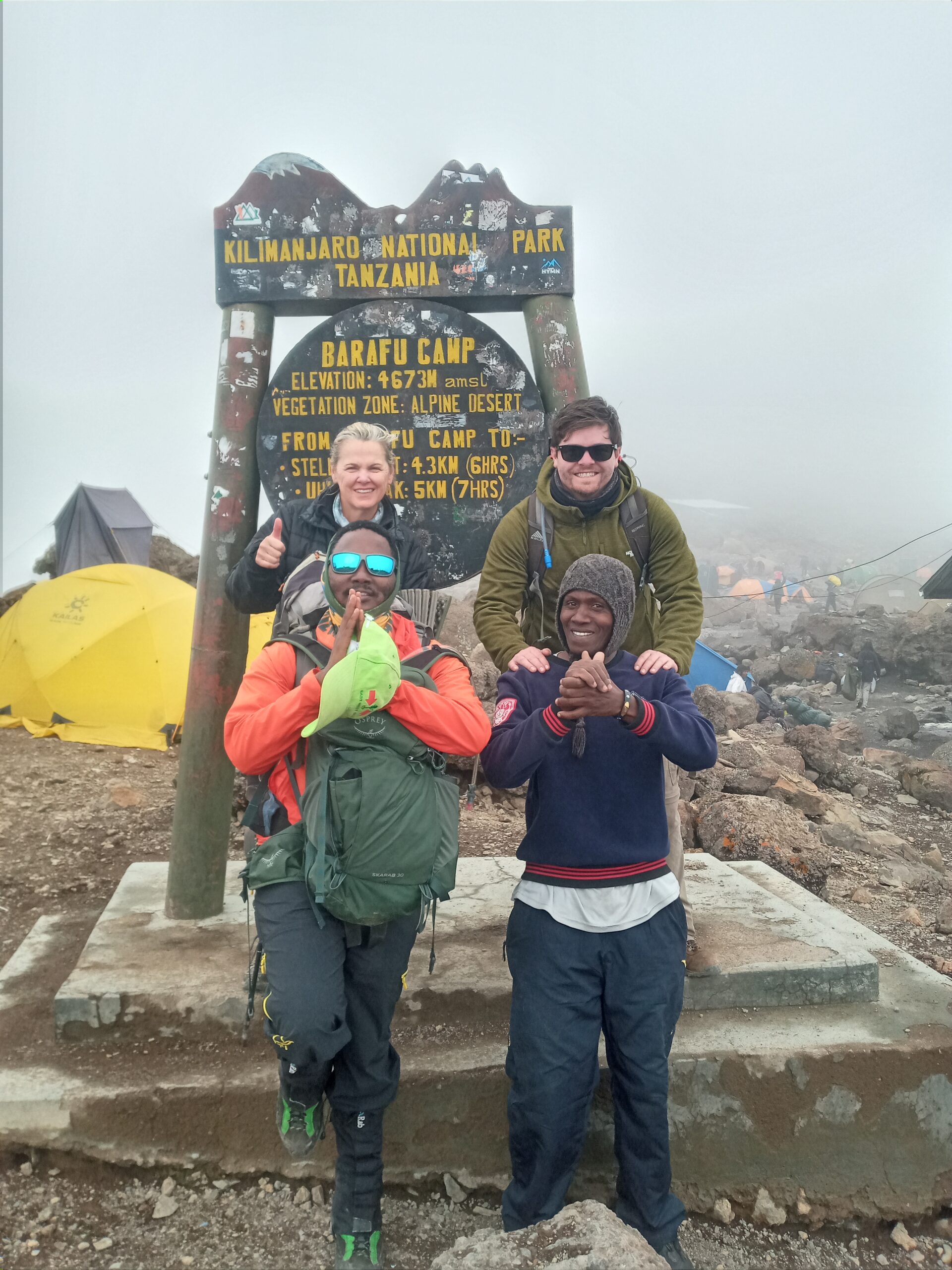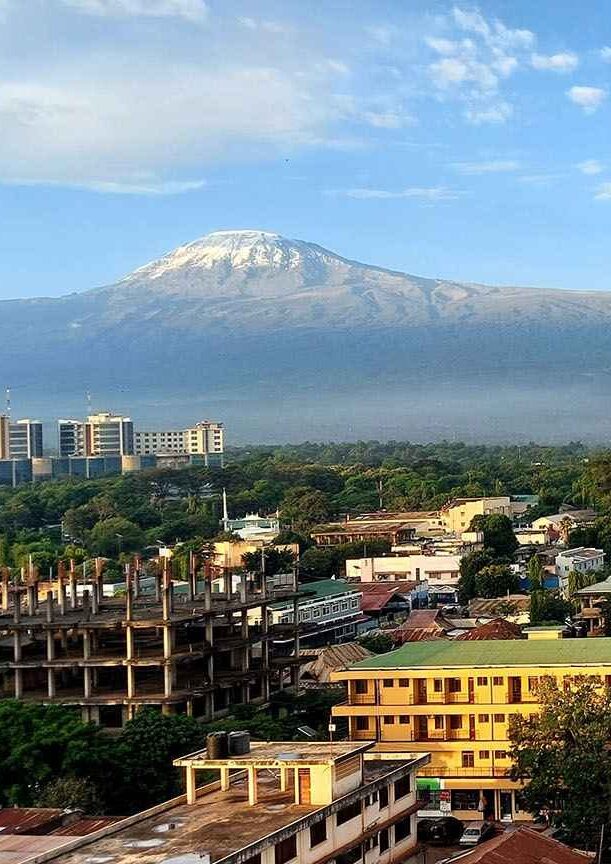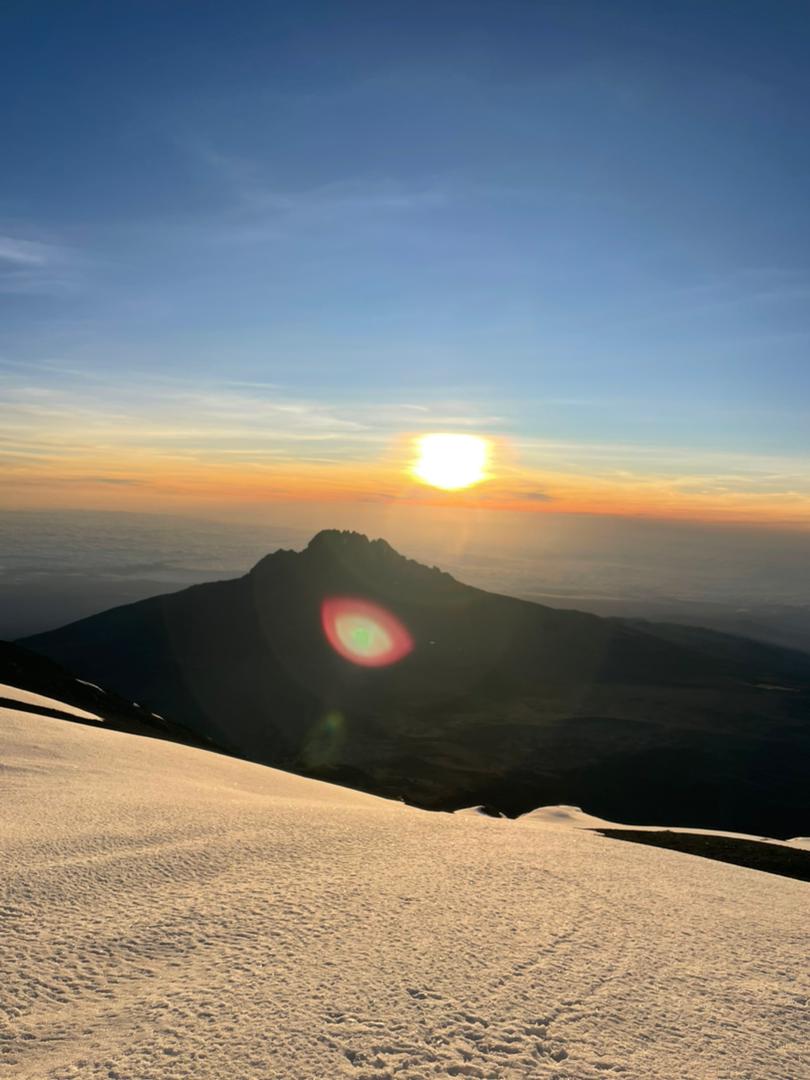Country Info and Facts
Africa, East Africa
Welcome to Tanzania, a land of unparalleled natural beauty and cultural richness, home to Mount Kilimanjaro and a gateway to extraordinary adventures with Discount Treks. Led by expert guides, we’re thrilled to introduce you to this East African gem as you plan your journey. This page offers essential information and fascinating facts about Tanzania, providing context for your Kilimanjaro climb or day tour. From its towering peaks to its vibrant heritage, Tanzania is a destination that captivates and inspires, Here’s what you need to know before you arrive.

General Information
- Official Name: United Republic of Tanzania
- Capital: Dodoma (legislative); Dar es Salaam (economic hub and largest city)
- Population: Approximately 61 million (2023 estimate)
- Area: 947,303 square kilometers (365,756 square miles), making it slightly larger than twice the size of California
- Currency: Tanzanian Shilling (TZS), though USD is widely accepted in tourist areas
- Languages: Swahili (official), English (widely used in business and tourism), and over 120 local languages
- Time Zone: East Africa Time (EAT), UTC+3 (no daylight saving time)
Tanzania was formed in 1964 by the union of Tanganyika and Zanzibar, blending mainland and island identities into a diverse nation.
Geography and Natural Wonders
- Location: East Africa, bordered by Kenya and Uganda (north), Rwanda, Burundi, and the Democratic Republic of Congo (west), Zambia, Malawi, and Mozambique (south), and the Indian Ocean (east).
- Mount Kilimanjaro: Africa’s highest peak at 5,895 meters (19,341 feet), located in the Kilimanjaro Region near Moshi, a UNESCO World Heritage Site and the centerpiece of Discount Treks’ expeditions.
- Key Features: Home to the Serengeti National Park (famous for the Great Migration), Ngorongoro Crater, Zanzibar’s spice islands, and Lake Victoria, the world’s second-largest freshwater lake.
- Terrain: Ranges from coastal plains and savannahs to high plateaus and volcanic mountains, including the Eastern Rift Valley.
Tanzania’s diverse landscapes make it a global hotspot for biodiversity and adventure tourism.


Climate and Best Time to Visit
- Climate: Tropical along the coast, temperate in the highlands (e.g., Kilimanjaro Region). Kilimanjaro itself spans five climate zones: rainforest, moorland, alpine desert, arctic summit, and descent zones.
- Seasons:
- Dry Seasons: January-March (short dry) and June-October (long dry)—ideal for climbing Kilimanjaro due to clear skies and stable weather.
- Wet Seasons: April-May (long rains) and November-December (short rains)—quieter trails but wetter conditions.
- Temperature: Moshi averages 20-30°C (68-86°F) year-round; Kilimanjaro summit drops to -20°C (-4°F) or lower at night.
For optimal climbing conditions, Discount Treks recommends the dry seasons, though we operate year-round with tailored support.
Practical Travel Information
- Visa: Required for most nationalities; a single-entry tourist visa costs $50-$100 (USD), obtainable online (e-Visa) or on arrival at Kilimanjaro International Airport (JRO).
- Health: Yellow fever vaccination is mandatory if arriving from an endemic area; malaria prophylaxis is recommended for lower altitudes. Consult your doctor for altitude sickness medication (e.g., Diamox) for Kilimanjaro.
- Travel: Kilimanjaro International Airport (JRO), 40 km from Moshi, is the main entry point for climbers. Flights from Europe/USA range from $800-$1,500.
- Electricity: 230V, 50Hz; Type G (British) plugs—bring adapters and power banks for remote areas.
- Safety: Tanzania is generally safe for tourists; exercise standard precautions in urban areas and follow guide instructions on Kilimanjaro.

